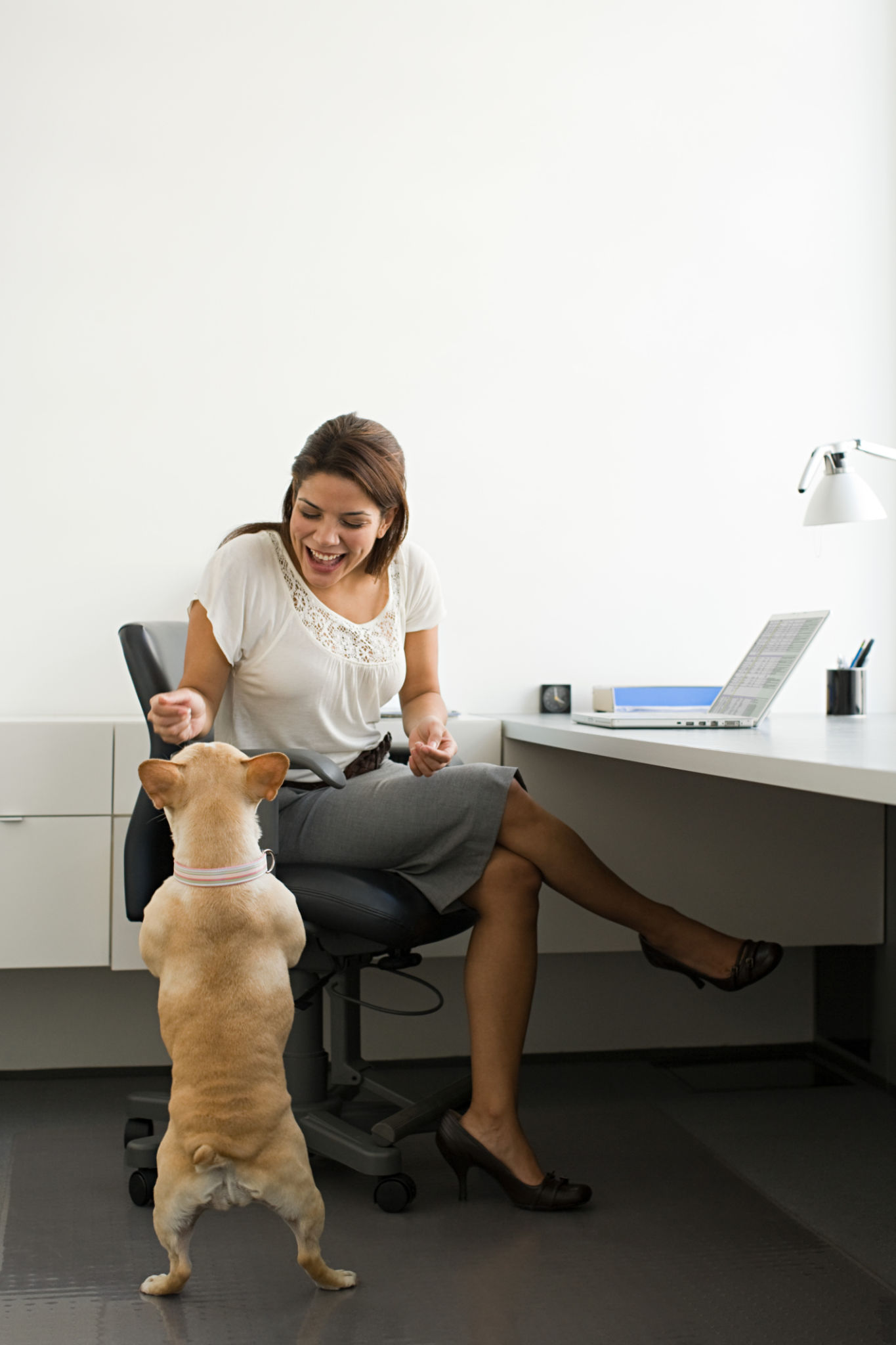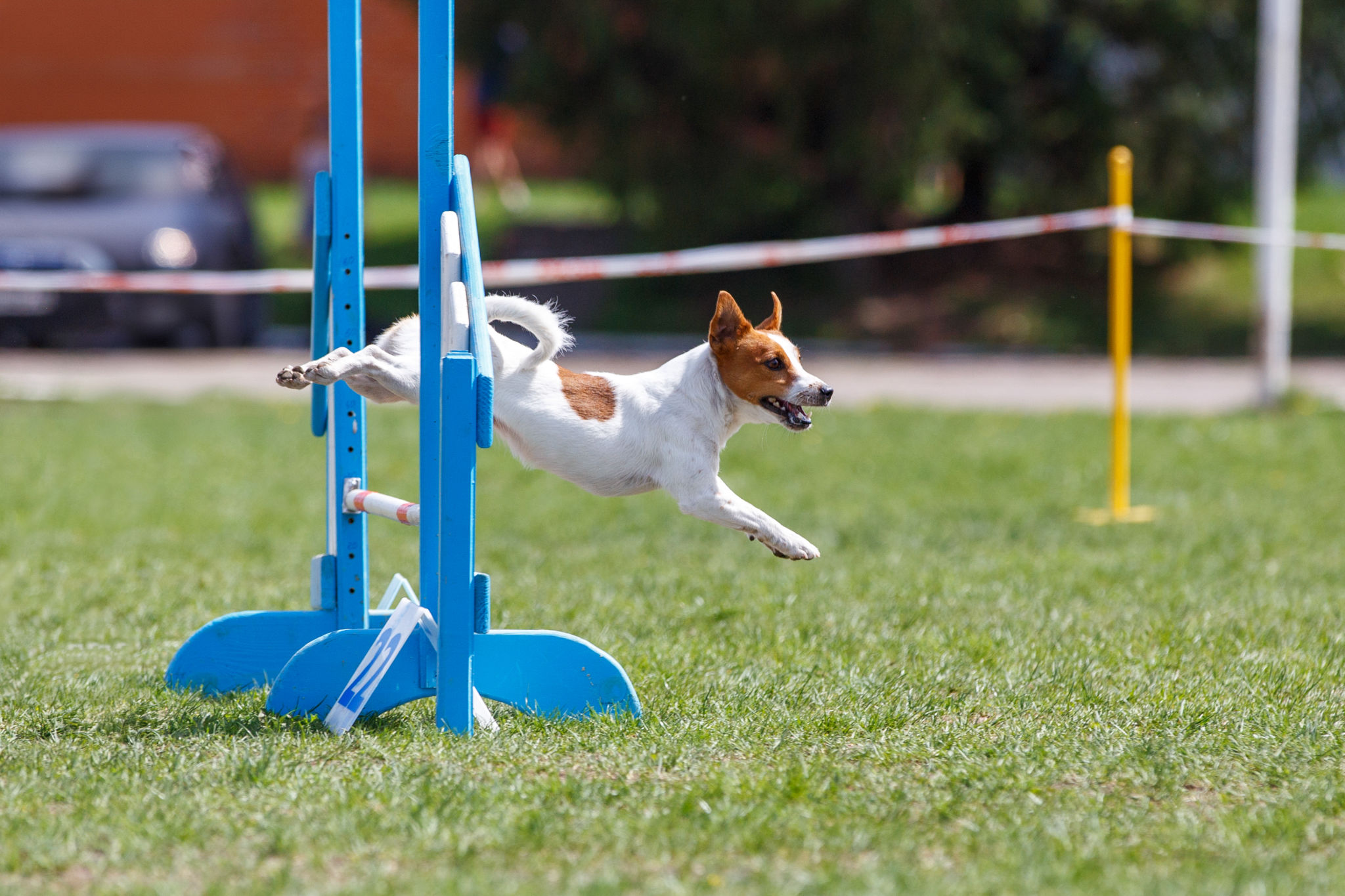DIY Dog Training Tips: Elevate Your Alameda Dog's Skills
LM
Understanding Your Dog's Learning Style
Every dog is unique, and understanding your furry friend's learning style is essential for effective training. Some dogs respond well to treats, while others are more motivated by toys or praise. It's important to observe your dog's reactions to different rewards and tailor your training methods accordingly. This personalized approach ensures that your dog remains engaged and enthusiastic throughout the learning process.
Incorporating positive reinforcement is key. Rewarding good behavior with treats, toys, or affection encourages your dog to repeat these actions. Be consistent with your rewards to help your dog associate good behavior with positive outcomes.

Basic Commands for Every Dog
Mastering basic commands is a fundamental step in any dog training regimen. Start with simple commands like "sit," "stay," and "come." These commands build a foundation for more advanced training and improve your dog's focus and discipline.
When teaching these commands, remember to be patient and consistent. Use clear and concise verbal cues, and pair them with hand signals for better comprehension. Practice in short sessions to prevent your dog from becoming bored or overwhelmed.

Leash Training
Leash training is another crucial skill for any Alameda dog. A well-behaved dog on a leash is a joy to walk and ensures the safety of both your pet and others. Begin by allowing your dog to get comfortable wearing the leash indoors before moving outside.
Once outside, start in a quiet area free of distractions. Encourage your dog to walk beside you using treats and praise. If your dog pulls on the leash, stop walking and wait until they return to your side before continuing. Consistency and patience are essential in reinforcing proper leash behavior.

Socialization Tips
Socialization is a vital aspect of dog training that helps your pet become well-adjusted and confident in various environments. Introduce your dog to different people, animals, and settings gradually. Exposure to new experiences helps reduce fear and anxiety.
Organize playdates with other dogs or visit local dog parks to provide opportunities for interaction. Ensure that interactions are positive and supervised to prevent any negative experiences that could hinder your dog's social development.
Advanced Training Techniques
Once your dog has mastered basic commands, consider introducing advanced training techniques such as agility or scent work. These activities challenge your dog's mind and body, providing both mental stimulation and physical exercise.
Agility training involves navigating obstacle courses, which enhances your dog's coordination and obedience. Scent work taps into your dog's natural instincts and improves their focus and problem-solving skills. Both activities can be started at home with minimal equipment or through local classes in Alameda.

Consistency and Patience
Consistency is crucial in any training program. Dogs thrive on routine, so it's important to train regularly and reinforce learned behaviors consistently. Set aside dedicated time each day for training sessions and be patient as your dog progresses at their own pace.
If you encounter challenges, consider reaching out to professional trainers in Alameda for guidance. They can provide valuable insights and personalized strategies tailored to your dog's needs.
Building a Strong Bond
The ultimate goal of DIY dog training is to strengthen the bond between you and your pet. Training is not just about teaching commands but also about building trust and communication. Enjoy the journey of learning together, celebrating small victories along the way.
Remember that patience and understanding are key components of successful training. Your dedication will create a harmonious relationship that benefits both you and your beloved Alameda dog.
